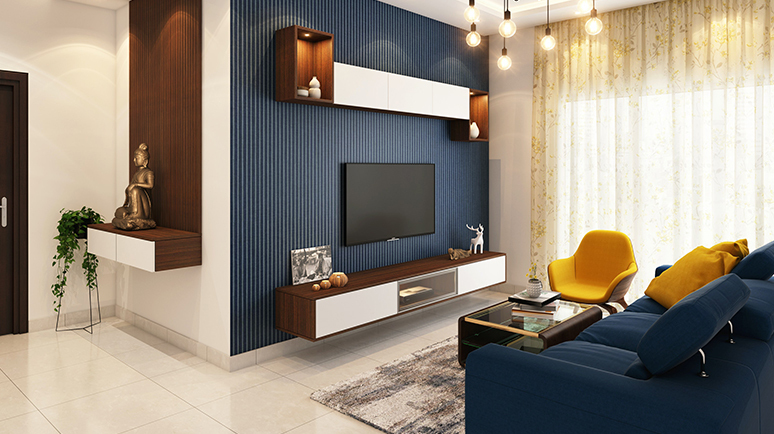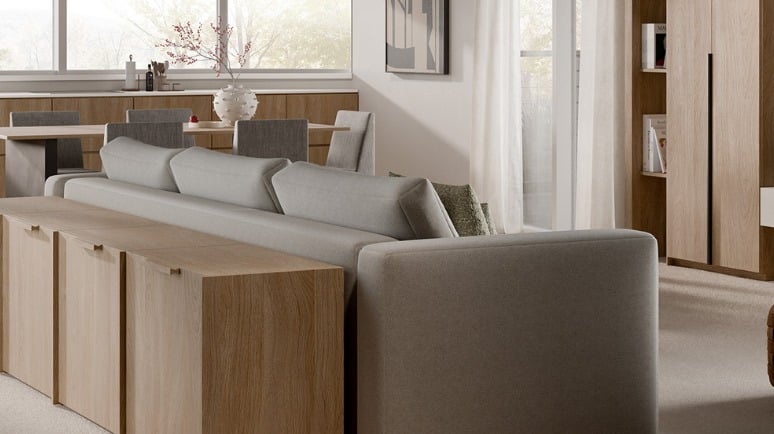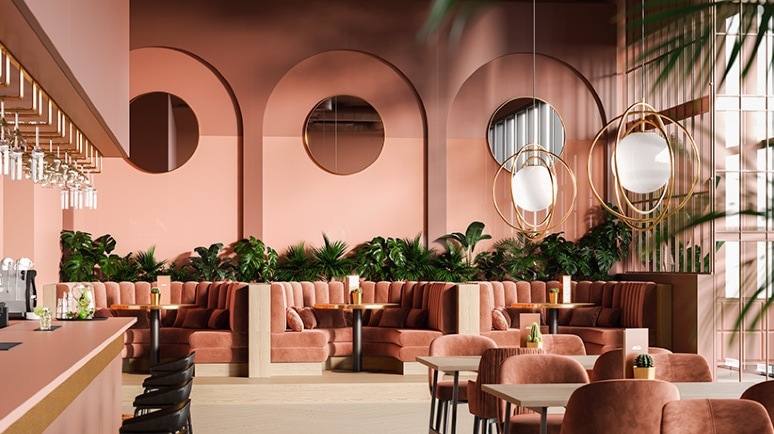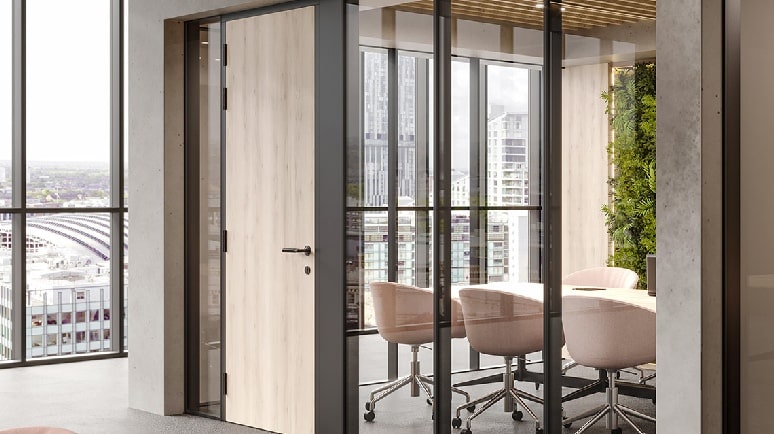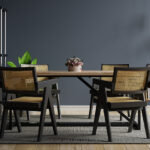
Furniture Design with Laminates
December 23, 2021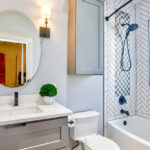
Bathroom Design & Remodelling Tips & Advice
January 21, 2022Colors matter a lot when it comes to interior design. Color psychology is the study of how different colors influence a person’s mood, cognition, creativity, and productivity. When surrounded by tranquil colors like blue or green, a person feels at ease. People who are surrounded by strong colors such as crimson, maroon, or orange, on the other hand, feel energized and enthusiastic. Neutral hues like white or grey, on the other hand, make individuals feel calm.
Read further to know how some basic and primary colors affect the interior of any room or building.
Color Psychology in Interior Design
Color schemes have a significant role in interior design. The color of the walls, furnishings, natural components, ornamental items, lights, and fixtures influence one’s mind.
You spend hours surrounded by the color scheme you selected. As a result, it’s usually a good idea to pick color schemes that reflect your personality and preferences. It makes people feel at ease and calm at home while also increasing their productivity at work.
Red
The color red is the most brilliant of all the colors that convey emotions. They generate a sense of affection and fraternity, whether in dark tones like burgundy or light shades like ham red. Incorporating the color red into your design concepts will infuse the space with power and enthusiasm.
Business buildings and home offices, as well as in the living room and bedroom use red. Red attaches with leadership, willpower, strong energy levels, and friendship in the workplace. The color red, in all of its tones, encourages companionship and stimulates discussion when utilized in the living room. The color red is most useful in the bedroom because it evokes sentiments of love, desire, and passion.
Red can be used on one or both walls of the bedroom, with calm and quiet tones used throughout. With the aid of complementary hues like yellow, natural tones of light green, or plain white accents, this will incite passion while keeping blood pressure levels in line.
Brown
The color brown is a gentler variation of red. Brown can harmonize distinct aspects of contemporary and classic in large rooms because of its natural color and calm, reassuring fragrance.
Brown is a color that should be used sparingly. When coming up with the interior design, you must make sure that the colors on the walls, in the rooms, and throughout the interiors make you and others feel warm and welcome. Brown tends to relax the senses to an unhealthy degree, resulting in lethargy and a lack of aspirations. On the other hand, when combined with brilliant colors and other natural colors, it may represent robustness and security.
Brown is frequently used in interior design to produce a rustic aesthetic and a dismal ambiance.
Orange
Orange is another strikingly brilliant hue. It represents the sun and nature. Orange and its many tints have a calming impact on the mind. It might be a reflection of the client’s personality or their desire for recognition and fortune.
Orange looks best in bedrooms when paired with complementary colors that soften the color’s harsh effects. In workout areas, it might motivate individuals.
Yellow
Because yellow is associated with sunshine, it spreads a feeling of brightness and cheerfulness. Because of its strong ties to the hue gold, yellow is also linked with intelligence and fortune.
Yellow is a popular choice for dining rooms, kitchens, bathrooms, and corridors in interior design. The hue instantly boosts people’s mood, making the space feel light and airy.
Yellow also lends refinement to home design, particularly when combined with grey or white. Yellow stucco walls with grey linings are making a comeback with better quality materials.
Green
Green conjures up images of nature in most people’s minds. The human brain links it with freshness, tranquillity, and trust. As a result, green is a strong hue in interior design. Furthermore, light green instantly connects with the hue of pea soup, a popular comfort dish. It aids in the relaxation of the senses as well as the reduction of hypertension and blood pressure.
Green comes in a variety of colors that may be utilized throughout the home. Lighter hues of green can be used on the walls, with darker shades of green used with plants to create contrast. Plants instantly remind people of nature, thus minimizing the gloomy effect. Green has a relaxing impact and provides a sense of security, making it an excellent choice for interior design.
Blue
Aquatic blue colors, especially sky blue and light blue, have a calming impact on the psyche. It makes people think of the sea or swimming pools. Blue is the only hue that has little to no negative psychological effects.
Different tones of blue could go around the house. Darker tones of blue, such as royal blue, could go as primary colors and pair with yellow in the kitchen, playroom, and other areas. In the bedroom and dining area, a combination of light and dark blue hues might be used.
When thinking of colors for interior design, you must constantly educate yourself on color psychology. Before picking a color palette for yourself, visit a color specialist to get a clear picture of their personalities and the colors that perform best for you.

